Figure 1: Process of creation of the frozen conflict dataset
In figure 1 we schematically illustrate the dataset creation process. We used information from the Correlates of War Project (COW) and the Uppsala Conflict Data Program (UCDP) as a starting point and then proceeded to eliminate all cases with initial wars lower than 500 battle deaths. Two independent coders identified the unresolved conflict issue between two conflict actors and then determined whether the dispute was resolved either through peaceful thawing, violent thawing, conflict withering or was still ongoing by 2011.

Figure 2: Frozen conflicts duration timeline

Figure 3: Years of frozen conflict onset
Figure 3 displays counts of frozen conflict onsets after the end of the Second World War. It provides a telling case how military multilateral interventions led to multiple frozen conflicts and that frozen conflicts have emerged throughout every decade.

Figure 4: Violent escalations for frozen conflicts involving de facto states (medium to low battle death rates)

Figure 5: Violent escalations for frozen conflicts involving de facto states (high battle death rates)





